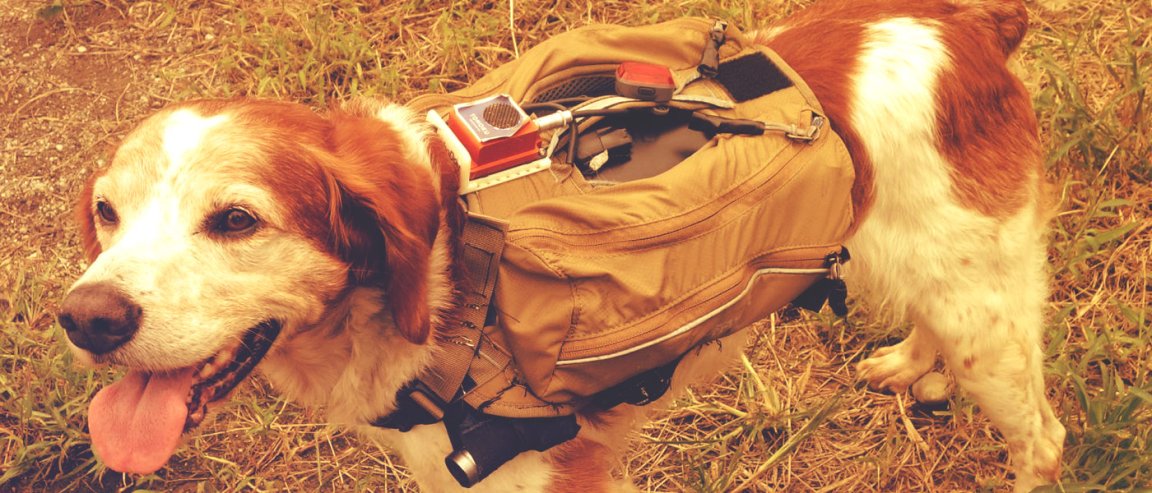
Big in Japan
Move over Rover, there are new dogs in town.
While most research has gone to improving humans and integrating technology with the human condition, animals are also in line to get a tech boost.
Scientists in Japan are using information technology and computer systems to augment and enhance the capabilities of canine search and rescue (SAR) teams. Already a mainstay in search and rescue operations, tech upgrades are set to revolutionize the way SAR efforts are organized.
The dogs are outfitted with GPS and IMU sensors which can track the dog’s motions and location. There is also a camera that transmits an image of what the dog is seeing. All this is so that dogs can communicate information about disaster sites and victims to their handlers and rescue workers.
The data and video gathered by the dogs are fed to hand-held tablets, which allows handlers and rescue workers to receive and map the information online using their computers. This helps assess the condition of victims and provides better access to remote parts of disaster sites.
Japan is especially prone to natural disasters and calamities, as heartbreakingly evidenced by the terrible earthquake and tsunami that struck the country in 2011.

Not Just Japan
Upgrading the capabilities of SAR dogs is far from a Japan-only effort. Other research has gone into using dogs for smarter and safer disaster response.
Part of this effort is placing different sensors in a dog’s pack, which allows adaptability for different disasters. For natural gas leaks, natural gas sensors. If there’s the possibility of radiation, a Geiger counter.
Active communications can also be placed on harnesses, allowing handlers to instantly and remotely relay commands to their dogs. The gear includes audio communication, via speakers, and “tactile inputs”—training dogs to respond to “nudges” that come from within the electronic harness itself.
Finally, technology allows monitoring of a dog’s behavior and physiology, such as heart rate. Sensors will allow both dog handlers and the emergency response command center to remotely track a dog’s well-being.